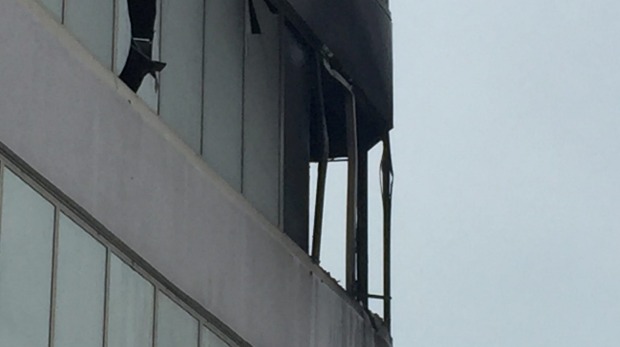
I doubt I would be surprised – and I still have not watched the presentation.
Don’t miss the second point I asserted:
The development of standards is a dynamic process. What was once accepted as “best practice” is so often on later review shown to be less than perfect or even negative. Take use of asbestos as one example. I wont spell out the changes of understanding for that one.
In my own field I lived through a revolution in policies related to safety of large dams. The largest of the group of dams I managed was state of the art for its era – 1950’s. BUT changes in understanding of dam failure risks shifted world wide standards. It no longer complied. (It was designed for the “one in 1000 year flood” – current standards for dams above concentrated population centres require design for probable maximum flood.) “We” came to know better. No basis for blame of our predecessors. (Except as a middle to fairly high level engineer manager whose bosses designed the dam I had to explain the risks to the political overlords. How my “bosses” in their earlier years got it wrong – by today’s standards…..not a pleasant situation to be in…)
In no way am I an uncritical apologist for the engineering profession. BUT – accepting that the standards were not good enough THEN one profession blaming another merely irritates me with the inherent dishonesty.
Why blame the engineers for fire dynamics issues – surely the engineers design structures to meet the standards established by the relevant professionals. They don’t set the standards – they work within them.
The major failures for the “Twins” were in occupant escape paths ... Read even more








